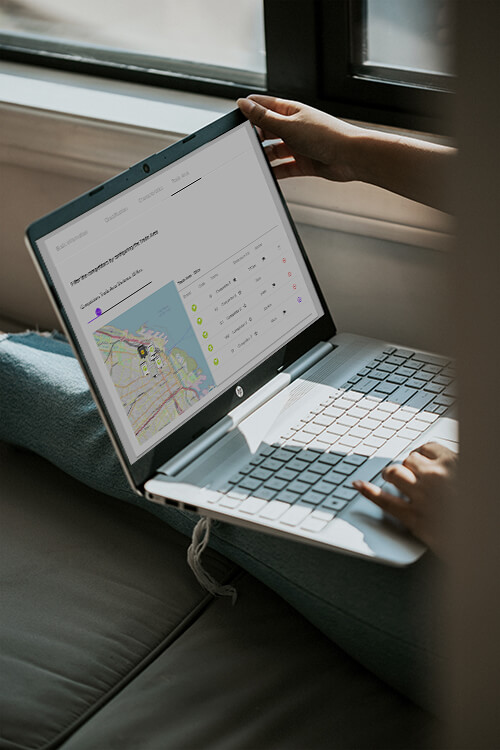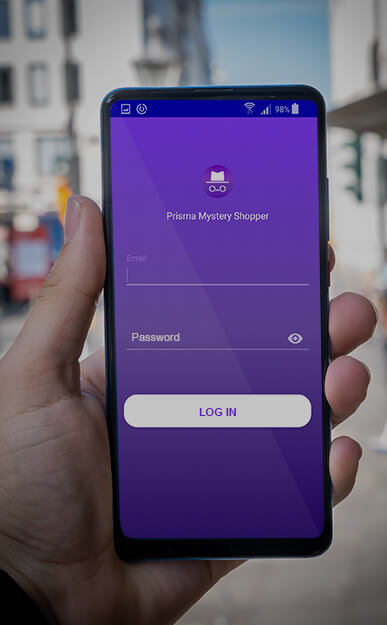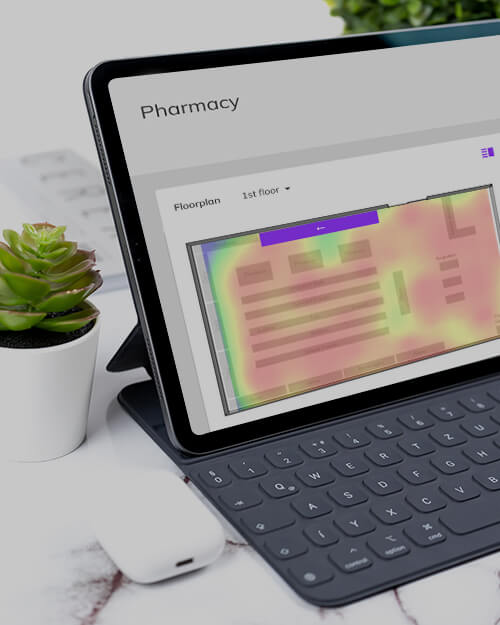Case Study: Leading Colombian pharmacy chain implements Pricing and Space Planning modules
- One of the leading pharmacy chains in Colombia, owning 960 stores nationwide and selling more than 20,000 products, pursued a digital transformation that would allow coping with typical retail problems and increasing its profitability.
- To achieve this objective, the company implemented Prisma Pricing and Space Planning modules in July 2020, and with a team of two Price analysts and two Category Management analysts, they carried out the transformation that currently means the administration of thousands of pricing suggestions for the entire chain.
- Throughout this case study, we pretend to showcase an example of business consulting activities, definition of strategies, and implementation carried out by Prisma in conjunction with a retail company to accomplish the launch phase of the platform.
The implementation of Pricing module required action on the following aspects:
- Store segmentation considering format, region and socioeconomic level of the area.
- Machine Learning models were used to validate purchasing patterns and established the respective price zones.
- Identifying the “KVIs”.
- Differentiated strategies were established for each product and trade area, which made it possible to measure price sensitivities more precisely.
- Products with low sensitivity to price changes were identified in order to improve margin.
- Web scrapers were developed to capture market information on a daily basis.


- Prisma Mystery Shopper APP was implemented and throughout “weekly missions”, we captured competitors’ prices in each “trade area” for “KVIs” products.
- Related products were identified to establish parenting rules and accelerate price changes, maintaining consistency and reducing errors.
- We defined the “Role and Strategy” for each product category to establish consistent target margins.
- We developed an ad hoc feature to automatically and securely manage medicine prices’ regulated by the National Government. This feature would import the current government resolutions and generate alerts if a supplier is selling at a price above the regulated one, and establishes maximum selling prices allowed by the Government, eliminating the risk of fines and penalties.
- Automatic importers were developed to process the pricing lists of national and regional suppliers in a timely manner and thus be able to generate suggestions detecting changes in costs or taxes, avoiding margin losses.
And from the Category Management perspective, the following actions were carried out:
- Analyzed stores design and furniture to standardize the display.
- The definition of the “Role and Strategy” for each category was considered to assign the space in each store.
- Images and dimensions of the products were captured automatically to speed up the implementation of the Space Planning Module.
- Item Master has been improved by adding additional segmentations to products to enhance segment analysis.


You may also be
interested in.
Marketing Team
Top 5 AI algorithms applied in retail
In the following Blog post we will analyze what Data Science is and what are the Top 5 algorithms applied in retail today.
Marketing Team
Are dark stores the future of retail?
In the United States, as a result of the pandemic, retailers were forced to expand their business through ecommerce, increasing the trend towards the creation of 'Dark Stores'.
Marketing Team
The 4 omnichannel challenges that retailers must solve
The current pandemic has retailers looking for investments to deliver an efficient omnichannel experience.
Marketing Team
How to extract the most value from your retail data
Nowadays, companies have a countless amount of data to process, both internal and external. The secret lies in analyzing the data correctly and making the right business decisions.
Marketing Team
Goodbye 2020: top 5 lessons you leave behind.
2020 has been a difficult year full of challenges for everyone. But it has left behind a series of learnings that every retail company should consider adding to 2021 strategic planning.
Victoria Hearne
Is your pricing strategy not working? These could be the 4 reasons
Choosing a pricing strategy is one of the biggest challenges for any business, as it is the result of complex calculations, research, understanding, and the ability to take risks.
Lucas Migliano
Common Retail Tech implementation objections
Let’s face it, all companies need to transform themselves in some part of their life cycle, however this doesn’t mean that implementing a new software or a new process should be easy.
Micaela M. Kulesz
COVID-19:
Let's buy it all NOW!
Fights, despair, anxiety, and many other emotions are being exposed in retail stores nowadays. We all have seen images and videos of consumers stocking (or stalking?) toilet paper and other goods in most countries hit by the COVID-19, suggesting the apocalypse of basic goods.
Micaela M. Kulesz
“Canastas de Alimentos” : listas para comprar en un solo click
Con el comienzo de la cuarentena sobrevinieron importantes cambios de hábitos en el comportamiento del consumidor. La principal tendencia observable, es la manera en que el comercio online fue ganando terreno por sobre las tiendas físicas.
Lucas Gorganchian
Price Perceptions, Consumer Choices and the Compromise Effect
António Damásio, in his book “Descartes' Error,” states that emotions both guide and bias behavior and decision-making. One of the examples he uses is called the Compromise Effect, a behavioral phenomenon by which customers often choose the mid-priced option to protect themselves from making a bad choice.
